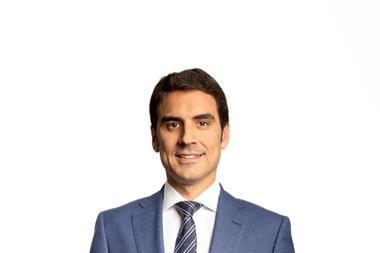EUROPE - Core-plus assets will outperform both core and higher-risk strategies as market fundamentals improve from 2014, according to a RREEF Real Estate report published this week.
In its midyear review of the European real estate market, the Deutsche Bank subsidiary said some markets were penalised because they fall outside a narrow definition of core but that opportunities - especially in office - would emerge as local supply and demand dynamics began to drive performance.
In the meantime, core assets will continue to outperform for the rest of 2012. "Despite the limited prospects for rental value growth in many markets, the low risk free rate still implies an attractive risk premium for holding good quality, well let real estate in core markets," said the report.
Meanwhile, higher-risk strategies "will struggle to deliver short-to-medium-term performance due to the reliance on the wider improvement in capital markets, financing and economic fundamentals".
There were some surprises among its market-specific forecasts. Central London office - perceived by many to be overpriced already - will continue to absorb capital seeking safe havens. Despite its heat, the yield spread against UK 10-year bonds and an expectation of short-to-medium-term rental value growth would sustain it ahead of economic improvement towards 2015-16.
Meanwhile, despite risk-averse investors' appetite for Greater Paris assets, the report forecast a correction on central business district (CBD) assets currently priced at close to pre-recessionary levels. Although short-term yield increases are unlikely given continued demand for safe havens and possible ECB interest-rate cuts, performance will be district-specific, with only the CBD attracting significant occupier demand. Prime rental across Paris markets will be flat for the next two years, and will hover at 1-2% over the subsequent three years.
In contrast, prime office rents in Spain will bottom in 2014 at 50% of their peak levels before rebounding as a result of a low rents, a partial pick-up in demand, and undersupply.
"Given the relatively weak economic growth, [the] legacy of bad loans and over-renting, it is likely that investors will be selective in their return to the market, initially focusing only on prime assets within the major cities," said the report.
"Nonetheless, on prime assets the combination of a rental bounce and compressing yields has the potential to support double-digit capital value growth during the middle of the decade - particularly within the office sector."












